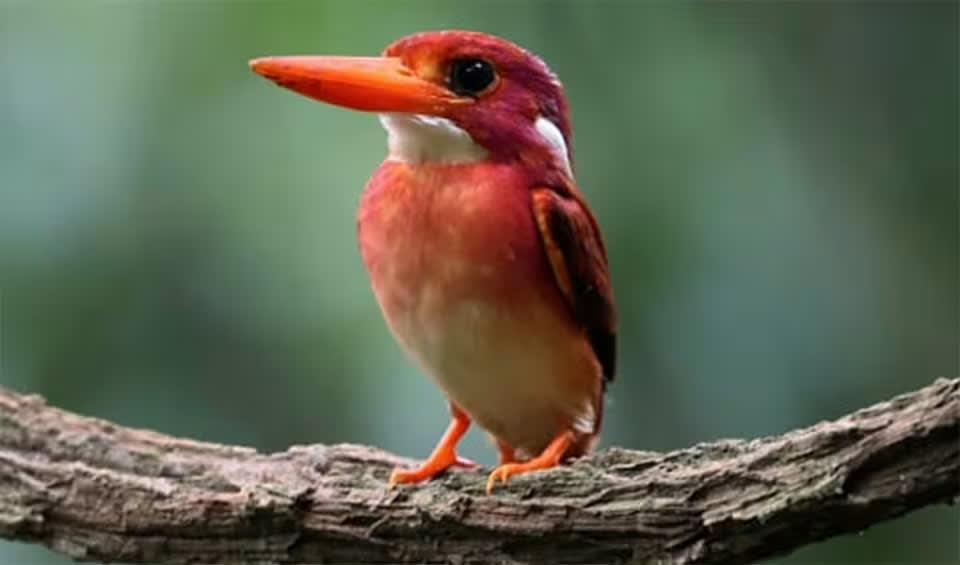The Philippine Dwarf Kingfisher is a fascinating bird species that holds a special place in the hearts of Filipino bird enthusiasts. Endemic to the lush and biodiverse islands of the Philippines, particularly Mindanao, this diminutive kingfisher is a true symbol of the country’s rich natural heritage.
One of the most captivating aspects of the Philippine Dwarf Kingfisher is its stunning plumage, which is adorned with a mesmerizing array of colors. The bird’s deep blue and rich chestnut hues create a breathtaking contrast against the verdant backdrop of the Philippine forests. Its intricate patterns and iridescent feathers give it an ethereal appearance, earning it the affectionate moniker “living gem” among local birdwatchers and nature lovers.
Despite its small size, the Philippine Dwarf Kingfisher possesses remarkable agility and adaptability, allowing it to navigate effortlessly through the dense vegetation of its lowland forest habitat. These forests are often located near freshwater streams or rivers, providing the perfect hunting grounds for this tiny avian predator.
In terms of diet, the Philippine Dwarf Kingfisher primarily preys on small insects and aquatic invertebrates found along the forest floor and waterways. It may also occasionally target small fish, showcasing its versatility as a hunter and its ability to exploit various ecological niches within its habitat.
The Philippine Dwarf Kingfisher plays a vital role in maintaining the delicate balance of its ecosystem. As a predator of small insects and aquatic organisms, it helps regulate population levels and prevent outbreaks of pests that could harm local vegetation. Additionally, its presence serves as an indicator of the health and biodiversity of the Philippine forests, highlighting the importance of preserving these vital ecosystems.
Unfortunately, like many endemic species in the Philippines, the Philippine Dwarf Kingfisher faces numerous threats to its survival. Habitat loss due to deforestation, illegal logging, and agricultural expansion poses a significant risk to its long-term viability. Climate change and natural disasters also exacerbate these threats, further endangering this unique and irreplaceable bird species.
Distribution
 Philippines
Philippines Official estimate
Official estimate
Anything we've missed?
Help us improve this page by suggesting edits. Glory never dies!
Suggest an editGet to know me
Terrestrial / Aquatic
Altricial / Precocial
Polygamous / Monogamous
Dimorphic / Monomorphic (size)
Active: Diurnal / Nocturnal
Social behavior: Solitary / Pack / Herd
Diet: Carnivore / Herbivore / Omnivore / Piscivorous / Insectivore
Migratory: Yes / No
Domesticated: Yes / No
Dangerous: Yes / No




